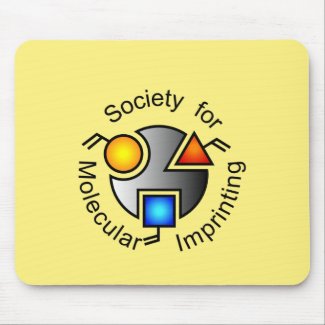
Authors: He H, Zhuang LZ, Chen SX, Liu HC
Article Title: Solid Amine Adsorbent Prepared by Molecular Imprinting and Its Carbon Dioxide Adsorption Properties.
Publication date: 2016
Journal: Chemistry - An Asian Journal
Volume: 11
Issue: (21)
Page numbers: 3055-3061.
DOI: 10.1002/asia.201601031
Abstract: A carbon dioxide imprinted solid amine adsorbent (IPEIA-R) with polyethylenimine (PEI) as a skeleton was conveniently prepared by using glutaraldehyde to cross-link carbon dioxide-preadsorbed PEI. As confirmed by FTIR, FT-Raman, and 13C-NMR spectroscopy, CO2 preadsorbed on PEI could occupy the reactive sites of amino groups and act as a template for imprinting in the cross-linking process. The imino groups formed from the cross-linking reaction between glutaraldehyde and PEI could be reduced by NaBH4 to form CO2-adsorbable amino groups. The adsorption results indicated that CO2 imprinting and reduction of imino groups by NaBH4 endowed the adsorbent with a higher CO2 adsorption capacity. Compared with PEI-supported mesoporous adsorbents, the solid amine adsorbent with PEI as a skeleton can avoid serious pore blockage and CO2 diffusion resistance, even with a high amine content. The solid amine adsorbent with PEI as a skeleton showed a remarkable CO2 adsorption capacity (8.56 mmol g-1) in the presence of water at 25 °C, owing to the high amine content and good swelling properties. It also showed promising regeneration performance and could maintain almost the same CO2 adsorption capacity after 15 adsorption-desorption cycles
Template and target information: carbon dioxide, CO2
Author keywords: adsorption, amines, imprinting, polymers, surface chemistry



Join the Society for Molecular Imprinting

New items RSS feed
Sign-up for e-mail updates:
Choose between receiving an occasional newsletter or more frequent e-mail alerts.
Click here to go to the sign-up page.
Is your name elemental or peptidic? Enter your name and find out by clicking either of the buttons below!
Other products you may like:
 MIPdatabase
MIPdatabase









